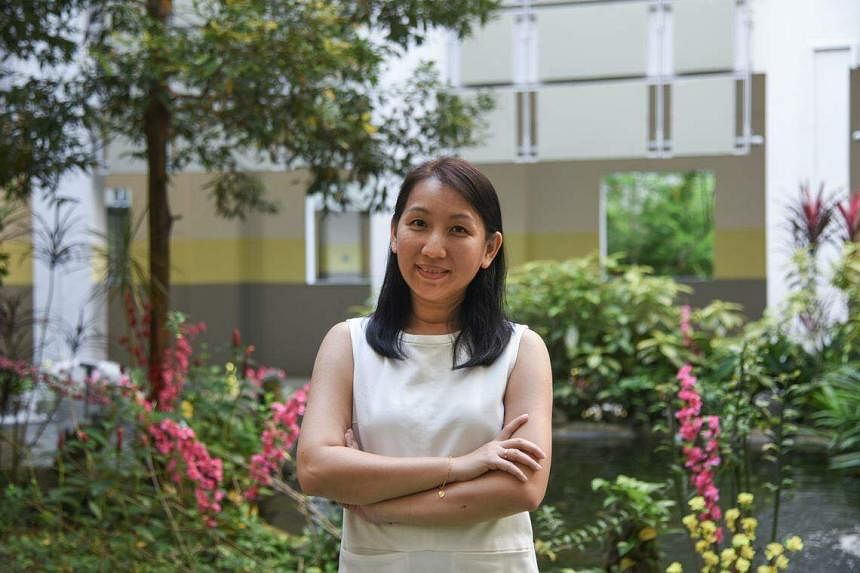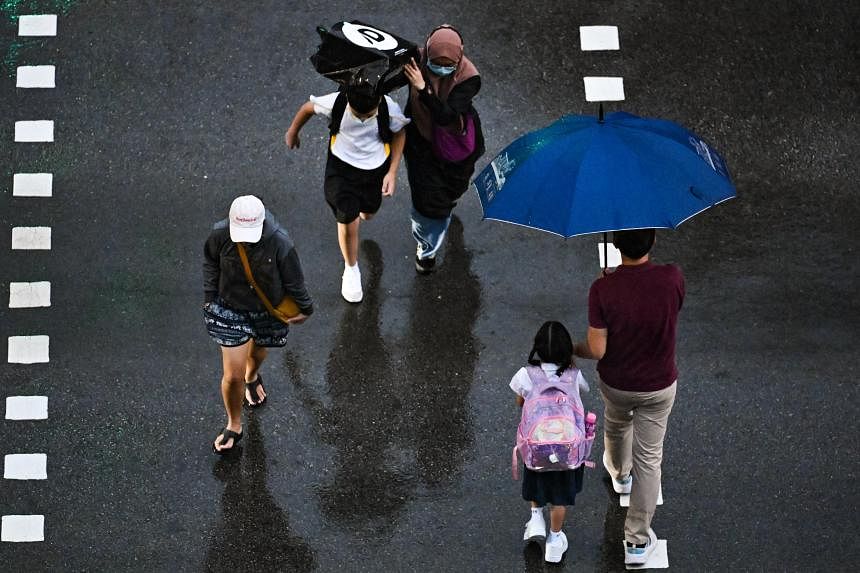SINGAPORE – The delivery of mental health services in Singapore will be moved into the community to widen the number and variety of touch points for those in need of the services, and to include more non-healthcare workers in the provision of such services.
And, by 2030, all 1,350 projected Healthier SG general practitioner (GP) clinics and all polyclinics will offer mental health services, Dr Janil Puthucheary, Senior Minister of State for Health, told reporters on Jan 31, ahead of a parliamentary motion on mental health in the week of Feb 5.
The plan to rope in the community and more GPs and polyclinics to provide mental health services was first announced in October 2023. Currently, around 450 GPs have undergone training to deliver mental health services, while 19 out of 24 polyclinics offer mental health services.
Singapore is planning an effective mental health ecosystem to tackle the growing prevalence of mental health disorders.
The Inter-agency Taskforce on Mental Health and Well-being, chaired by Dr Janil, launched the National Mental Health and Well-being Strategy on Oct 5, 2023, after working on it for about 2½ years.
Five MPs have filed a motion to debate this strategy. Dr Janil said five political leaders, including Deputy Prime Minister and Finance Minister Lawrence Wong, will speak about it in Parliament early in the week of Feb 5.
Broadly speaking, the Government wants to shift “the centre of gravity” of how it delivers mental health care services from hospitals to the community, said Dr Janil, who is also Senior Minister of State for Communications and Information. In the process, it will reduce the amount of medicalisation or institutionalisation around issues of mental health and mental wellness.
Second, the Government wants to broaden the delivery of care services to non-healthcare workers, including volunteers, colleagues or even friends, through workplace health and peer support programmes, for instance.
The third shift the Government wants is for the public to understand that mental health is a “spectrum”, Dr Janil said.
The 2022 National Population Health Survey found that the prevalence of poor mental health rose from 13.4 per cent in 2020 to 17 per cent in 2022. Young people, aged 19 to 29, are the largest population sub-group in the survey with poor mental health, at 25.3 per cent.
“The absolute incidence of mental health illness is rising, but rising even faster are the anxieties and concerns of people who don’t have a mental health illness, but have symptoms or concerns which are about their mental health,” said Dr Janil.
“Broadly speaking, we have three groups. We have the issues to do with the normal stressors of life: family dynamics, work pressures, relationship pressures. These may cause some degree of mental health symptoms, but really the response needs to be about social networks and resilience; how we cope.”
Another group comprises those who may have mood or behavioural issues, but not a mental illness. The people who fall into this group would require an approach “probably best done by a community care provider”, said Dr Janil.
He added that it is not necessary to escalate and medicalise every case, or take a person out of the community, “where they have the social support (and) normal routines”.
In the third group are those who have mental illnesses and need specialised access to mental health services.
A key part of the strategy is a tiered-care model that provides the support to meet the severity of each person’s needs, across health, social and education settings.
He said the outcome of the tiered-care model the authorities hope for is to have “a much larger number of touch points”, and that people can go to where they are comfortable for their needs.
“We hope this will improve access for members of the public. We hope it will improve acceptability and reduce stigma for the access to mental health services,” he added.
Dr Timothy Singham, a clinical psychologist at Viriya Community Services, who is a member of the task force’s implementation committee for the model, said the tiered-care model is a way to help various providers, like family service centres and social service agencies, know where to refer an individual who needs a higher or lower intensity of support in a timely manner.
“We know, anecdotally, mental health services in the hospitals are overwhelmed. And also, the waiting time for psychological assessment may take even longer. We need a way to get people the help they need at the community level,” he said.
Madam Lim Chin Yin, a senior school counsellor at Ang Mo Kio Primary School, said she is aware of the high caseloads handled by school-based mental health service Reach and the Institute of Mental Health, and welcomed the new initiatives by the inter-agency mental health task force.

She has worked with her school to initiate a new preventive health programme called Buddy Grove@AMKP for at-risk pupils.
It is guided by the principles of positive psychology to develop the pupils’ emotional management skills, build resilience, as well as cultivate a positive mindset by teaching them effective coping strategies, she said.


